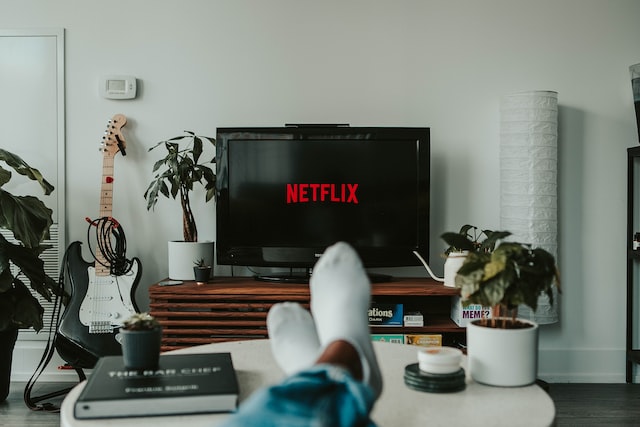
GUEST POST from Art Inteligencia
In today’s fast-paced and ever-evolving digital landscape, fostering a culture of innovation is essential for companies striving to stay ahead. Netflix, the streaming giant, has become synonymous with innovation, disrupting the entertainment industry through its forward-thinking practices. This article examines how Netflix has successfully built and nurtured a culture of innovation, focusing on two key case study examples: its ‘freedom and responsibility’ culture and its A/B testing methodology.
Case Study 1: Freedom and Responsibility Culture:
At the heart of Netflix’s culture of innovation is its unique ‘freedom and responsibility’ approach. Unlike traditional hierarchical structures, Netflix empowers its employees, encouraging them to take ownership and make decisions autonomously. This environment fosters creativity, trust, and a continuous pursuit of improvement.
Example 1: Decision-making authority
Netflix provides its employees with the autonomy to make decisions without the need for multiple layers of approvals. This approach allows innovative ideas to flourish, enabling quicker turnaround times on projects and initiatives. For instance, Reed Hastings, the CEO of Netflix, famously eliminated the need for managers to approve employee expense reports. This simple adjustment showcased the company’s faith in its employees’ judgment and allowed resources to be redirected towards more impactful areas.
Example 2: Employee-driven innovation
Netflix recognizes that innovation can stem from any level of the organization. Employees are encouraged to share ideas and experiment without fear of failure. One remarkable example is the Netflix Hack Day, where employees are given the freedom and resources to explore unconventional ideas. This initiative has led to groundbreaking features and improvements, such as personalized recommendations and better streaming quality.
Case Study 2: A/B Testing Methodology
Netflix leverages an extensive A/B testing methodology to drive continuous innovation. By conducting experiments on a diverse range of features and user experiences, the company gathers valuable data to inform decision-making and deliver a more personalized and engaging streaming service.
Example 1: Content recommendation algorithms
Netflix’s renowned content recommendation system, an integral part of its success, is a direct outcome of relentless A/B testing. By offering different versions of personalized recommendations to users, Netflix identifies patterns, preferences, and behaviors, leading to more accurate suggestions. This approach constantly fine-tunes the algorithms, improving user experience and resulting in increased viewer satisfaction and retention.
Example 2: User interface optimization
Netflix employs A/B testing extensively in refining its user interface. By comparing different versions and layouts, the company gains insights into what resonates most with users, reducing friction points and improving overall navigation. This iterative approach ensures that Netflix delivers a seamless and intuitive user experience, contributing to customer loyalty and ongoing success.
Conclusion
Netflix’s remarkable journey to becoming a global entertainment powerhouse is fueled by its unwavering commitment to cultivating a culture of innovation. Through its ‘freedom and responsibility’ culture and A/B testing methodology, the company has developed a passionate and empowered workforce, continuously pushing boundaries and delivering exceptional customer experiences. By embracing innovation as a core value, organizations can learn valuable lessons from Netflix’s case studies to foster a culture that inspires creativity, harnessing the power of employee autonomy, experimentation, and data-driven decision-making.
Bottom line: Futurology is not fortune telling. Futurists use a scientific approach to create their deliverables, but a methodology and tools like those in FutureHacking™ can empower anyone to engage in futurology themselves.
Image credit: Pexels
![]() Sign up here to get Human-Centered Change & Innovation Weekly delivered to your inbox every week.
Sign up here to get Human-Centered Change & Innovation Weekly delivered to your inbox every week.